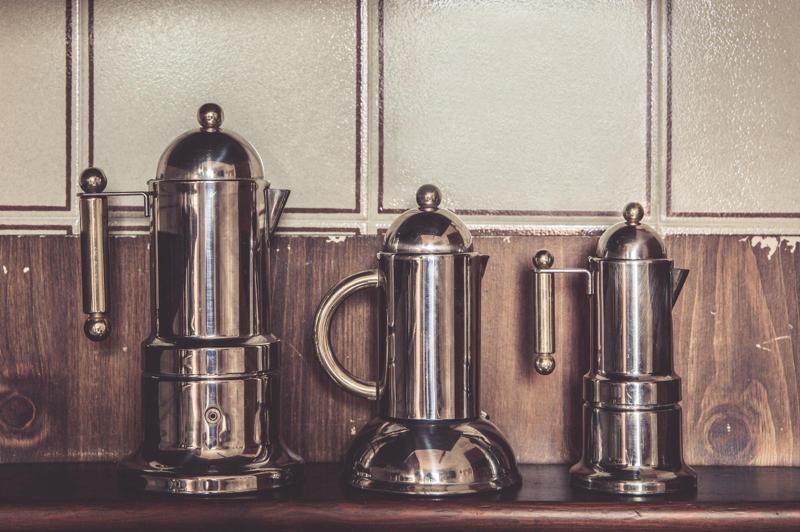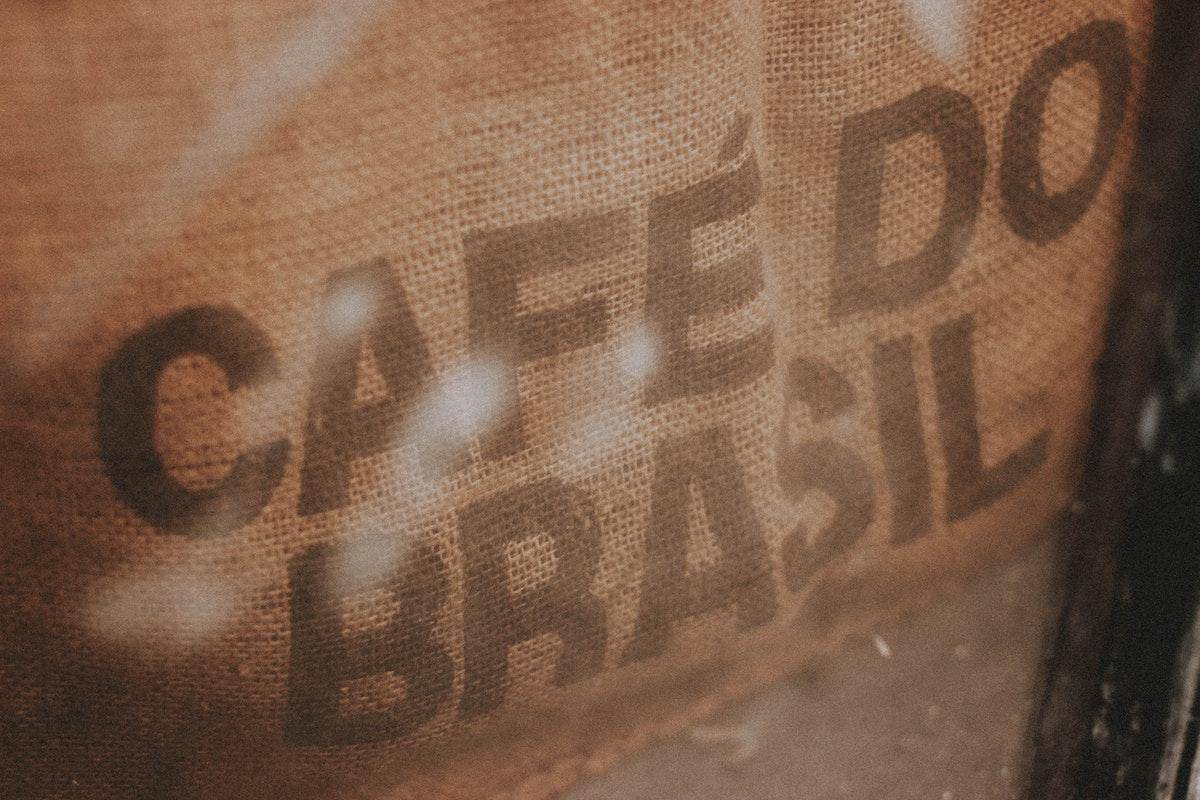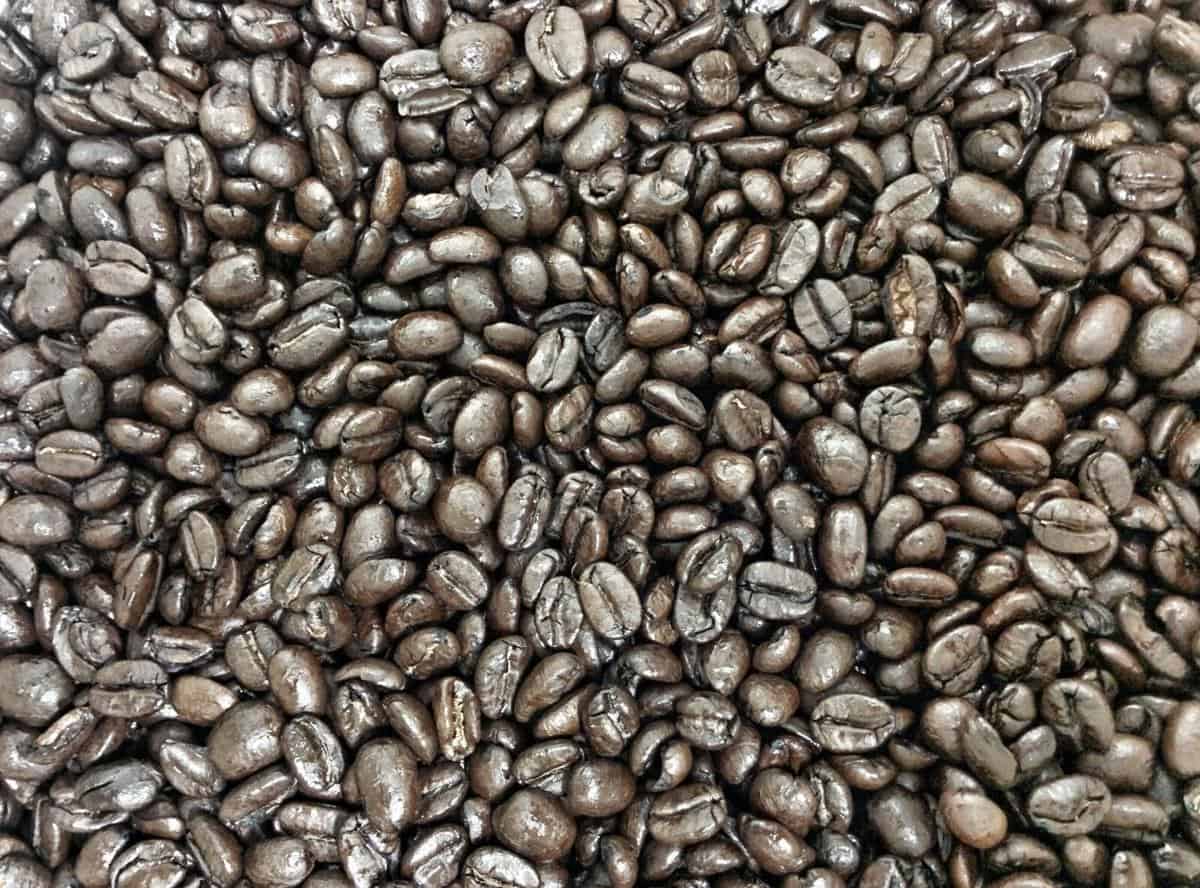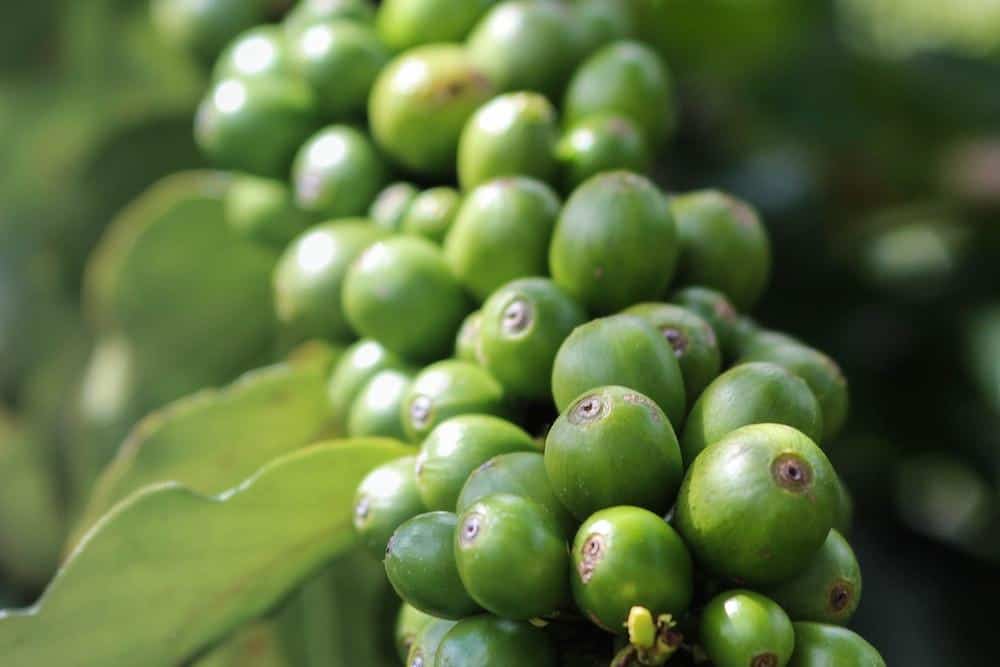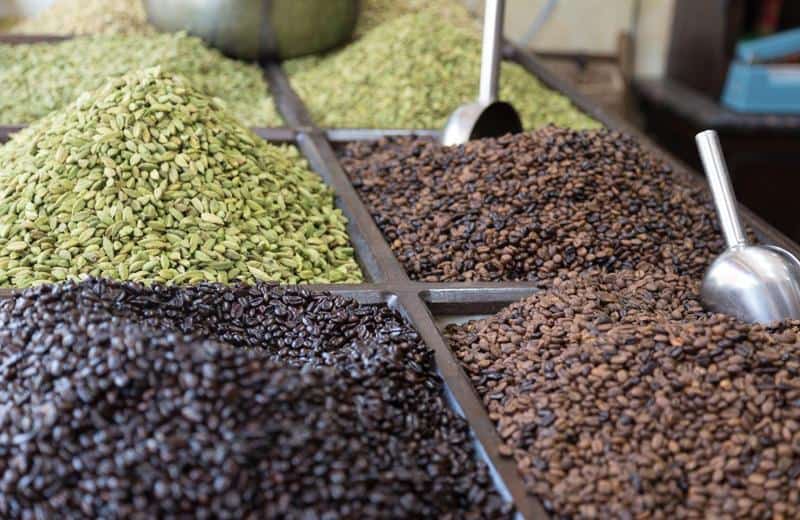Stainless steel appliances add a sleek and modern touch to any kitchen, but they can quickly become marred by unsightly coffee stains. Whether it’s from spills, splatters, or drips, these stains can be stubborn and difficult to remove.
In this article, we’ll explore the importance of keeping stainless steel clean and free from coffee stains and provide you with effortless methods to remove them. By following these techniques, you can ensure that your stainless steel appliances maintain their pristine appearance.
When coffee stains are left unattended on stainless steel surfaces, they not only detract from the overall aesthetics but can also cause potential damage. It is crucial to address these stains promptly to prevent staining becoming permanent. But fear not – removing coffee stains from stainless steel doesn’t have to be a daunting task. With a few simple ingredients and some handy tips, you can effortlessly restore your appliances’ shine in no time.
Before we delve into the specific methods for stain removal, it’s helpful to understand the chemistry behind coffee stains on stainless steel. Coffee contains compounds that can leave behind residue when they come into contact with certain surfaces like stainless steel. Additionally, factors such as temperature and length of exposure can influence the severity of the stain. Therefore, by comprehending how these stains occur and what influences their appearance, we can better equip ourselves with effective cleaning strategies.
In the following sections of this article, we will discuss different methods for removing coffee stains from stainless steel appliances step-by-step. We will dive into techniques using baking soda paste, vinegar solution, and even natural ingredients like lemon juice and salt scrub. By following these methods diligently, you will be able to eliminate those stubborn coffee stains effortlessly while ensuring that your stainless steel appliances remain spotless and sparkling. So let’s get started.
Understanding the Chemistry behind Coffee Stains on Stainless Steel
Coffee stains on stainless steel surfaces can be frustrating and stubborn to remove. To effectively tackle these stains, it is crucial to understand the chemistry behind them. When coffee comes into contact with stainless steel, a chemical reaction occurs that leads to staining.
The main component in coffee that causes staining is tannin. Tannin is a natural compound found in many plants, including coffee beans. When coffee spills or splatters onto stainless steel appliances, the tannin binds with the metal surface and leaves behind brownish or yellowish stains.
Several factors contribute to the severity of coffee stains on stainless steel. The temperature of the coffee at the time of contact plays a role, as hotter liquids tend to cause more intense staining. Additionally, the duration of contact also impacts the severity of the stain. Leaving coffee sitting on stainless steel surfaces for an extended period allows more time for the tannin to penetrate and adhere to the metal.
Promptly removing coffee stains from stainless steel is essential to prevent long-term damage. If left untreated, these stains can become more challenging to remove over time and may even lead to corrosion or pitting on the stainless steel surface. This makes understanding and implementing effective stain removal methods all the more important.
In order to effortlessly remove coffee stains from stainless steel appliances, gather the necessary materials and tools before starting the process. These may include baking soda, water, vinegar, lemon juice, salt, microfiber cloths or soft sponges. It’s important to choose cleaning products that are safe for use on stainless steel surfaces and avoid abrasive materials that can scratch or damage them.
Ensuring safety while handling cleaning solutions is also essential during stain removal. Some cleaning products can be harmful if ingested or if they come into direct contact with skin or eyes. Therefore, it is recommended to wear gloves and eye protection when using certain cleaning agents. Additionally, it is important to properly ventilate the area and avoid mixing different cleaning solutions, as this can produce harmful fumes.
Understanding the chemistry behind coffee stains on stainless steel helps us comprehend why they occur and how they can be effectively removed. By taking the necessary preparations and safety precautions, we can now delve into the various methods discussed in this article to effortlessly remove coffee stains from stainless steel appliances.
Preparing for Coffee Stain Removal
Before diving into the process of removing coffee stains from stainless steel, it is essential to gather all the necessary materials and tools. This ensures that the coffee stain removal process goes smoothly and efficiently. Here are some recommended items to have on hand:
-
- Microfiber cloth or soft sponge: These gentle cleaning tools are effective in removing coffee stains without scratching the stainless steel surface.
- Baking soda: A versatile cleaning agent that can effectively remove stubborn coffee stains and neutralize odors.
- Water: Used in combination with baking soda or other cleaning solutions to create a paste or dilute solutions for optimal stain removal.
- Vinegar: Its acidic properties make vinegar an excellent natural cleaner for tackling coffee stains on stainless steel surfaces.
- Lemon juice: An alternative natural ingredient that acts as a bleaching agent, effectively lightening and removing coffee stains.
- Salt: A mild abrasive agent that complements lemon juice for creating a gentle scrubbing mixture.
- Protective gloves: Although these may not be necessary for all methods, wearing protective gloves can be helpful while handling cleaning solutions to prevent any skin irritation or allergies.
To ensure safety during the coffee stain removal process, it is important to consider some safety precautions:
- Open windows or work in well-ventilated areas to avoid inhaling fumes from cleaning products.
- Test any cleaning solution on a small, inconspicuous area of the stainless steel surface to check for any adverse reactions or staining.
- Avoid using abrasive cleaning tools or harsh chemicals that can cause scratches or damage to the stainless steel.
By being well-prepared with the necessary materials and taking safety precautions, you can successfully remove coffee stains from your stainless steel appliances without causing any harm.
Method 1
One of the most effective methods for removing coffee stains from stainless steel surfaces is by using a baking soda and water paste. This simple yet powerful cleaning solution can help break down and lift coffee stains, leaving your stainless steel appliances looking pristine. Here’s how to use this method:
- Gather your materials: Before you begin, make sure you have all the necessary materials on hand. You will need baking soda, water, a mixing bowl, a soft cloth or sponge, and warm water for rinsing.
- Create the paste: In a mixing bowl, combine equal parts baking soda and water to create a thick paste. You may need to adjust the consistency by adding more baking soda or water as needed.
- Apply the paste: Using a soft cloth or sponge, apply the baking soda and water paste onto the coffee-stained areas of your stainless steel appliance. Make sure to cover the entire stained surface with a thin layer of the paste.
- Let it sit: Allow the paste to sit on the coffee stains for about 10 minutes. This will give the baking soda enough time to work its magic and break down the tough stains.
- Scrub gently: After waiting for 10 minutes, use a soft cloth or sponge to gently scrub the stained areas in circular motions. Be sure not to apply too much pressure to avoid scratching the stainless steel surface.
- Rinse and dry: Once you have thoroughly scrubbed the stained areas, rinse off any residue with warm water. Wipe dry with a clean cloth or towel to reveal a stain-free stainless steel surface.
By following these steps, you can effectively remove coffee stains from your stainless steel appliances using a baking soda and water paste. Remember that prevention is key when it comes to keeping stainless steel clean, so take steps to promptly wipe away any spills or stains to maintain the pristine appearance of your stainless steel surfaces.
Method 2
Vinegar is a versatile and effective cleaning agent that can be used for various household tasks, including removing coffee stains from stainless steel. The acidic properties of vinegar make it an excellent choice for breaking down stubborn coffee stains and restoring the shine to your stainless steel appliances. Here are the step-by-step instructions on how to use vinegar solution for coffee stain removal:
- Dilute the vinegar: Mix equal parts of white vinegar and water in a spray bottle or a bowl. The diluted vinegar will help prevent any potential damage to the stainless steel surface while effectively removing coffee stains.
- Apply the solution: Spray or apply the vinegar solution directly onto the coffee-stained areas of the stainless steel appliance. Make sure to cover the entire stained surface.
- Let it sit: Allow the vinegar solution to sit on the stains for a few minutes to penetrate and break down the coffee residue. This dwell time will make it easier to remove the stains.
- Scrub gently: Use a soft sponge or microfiber cloth to gently scrub the stained areas in circular motions. Be careful not to apply too much pressure as it may cause scratches on the stainless steel surface.
- Rinse with water: After scrubbing, rinse off the stained area with clean water thoroughly to remove any residual vinegar solution and coffee residue.
Additional tips:
- For more stubborn stains, you can use undiluted white vinegar directly on a cloth or sponge.
- To further enhance the cleaning power, you can add a small amount of baking soda to create a paste with vinegar and apply it onto tough stains.
- Always remember to test any cleaning solution on a small, inconspicuous area of your appliance before applying it extensively.
Using vinegar as a cleaning solution offers an affordable and effective way to remove coffee stains from stainless steel without resorting to harsh chemicals or abrasive cleaners that could potentially damage your appliances. With the right approach and proper maintenance, your stainless steel appliances can maintain their pristine appearance and resist future coffee stains.
Method 3
Benefits of using natural ingredients like lemon juice and salt
Using natural ingredients like lemon juice and salt for stain removal has several benefits. Firstly, lemon juice is a natural bleaching agent that can effectively lighten and remove stains. The citric acid present in lemon juice helps break down the coffee stains while also providing a fresh and clean scent. Additionally, lemon juice is safe to use on stainless steel surfaces as it does not contain abrasive chemicals that may cause damage or scratching.
Salt, on the other hand, acts as an abrasive agent that aids in scrubbing away stubborn coffee stains. It helps to create a gentle texture that cleans without scratching the stainless steel surface. Furthermore, salt has antimicrobial properties that can help eliminate any bacteria or odors caused by the coffee stains, leaving the surface thoroughly clean.
Creating a scrub using lemon juice and salt for coffee stain removal
To make a lemon juice and salt scrub, you will need fresh lemon juice and table salt. Start by squeezing enough lemon juice to cover the stained area onto a small dish or container. Next, sprinkle an ample amount of salt over the lemon juice to create a thick paste-like consistency.
Once you have prepared the scrub, take a soft cloth or sponge and dip it into the mixture. Gently rub the stained areas of the stainless steel surface using circular motions. Applying slight pressure will help loosen and lift the coffee stains from the surface.
Techniques for gentle scrubbing to prevent scratching the stainless steel surface
When using the lemon juice and salt scrub method, it is important to use gentle techniques to avoid scratching or damaging the stainless steel surface. Here are some tips:
- Use a soft cloth or sponge: Avoid using abrasive materials such as harsh brushes or scouring pads, as they can leave scratches on your stainless steel appliances.
- Circular motions: Scrubbing in circular motions distributes the pressure evenly and helps prevent any concentrated force from causing damage.
- Gradually increase pressure: Start with gentle pressure and gradually increase if necessary. Remember to let the lemon juice and salt paste do most of the work, rather than relying solely on scrubbing.
- Rinse thoroughly: After scrubbing, rinse the surface with clean water to remove any residue from the lemon juice and salt mixture. Dry the stainless steel with a soft cloth to prevent water spots or streaks.
By following these techniques, you can effectively remove coffee stains from your stainless steel appliances using a natural lemon juice and salt scrub.
Preventing Future Coffee Stains on Stainless Steel
While removing coffee stains from stainless steel appliances is relatively easy, preventing them in the first place can save you time and effort. Here are some tips and tricks to keep your stainless steel looking pristine:
- Use Coasters: Placing coasters under your coffee mugs or cups can prevent coffee from coming into direct contact with your stainless steel surfaces. Coasters can absorb any spills or condensation, ensuring that no coffee stains are left behind.
- Wipe up Spills Immediately: Accidents happen, but it’s important to quickly clean up any spills or drips of coffee that may come into contact with your stainless steel appliances. Use a clean microfiber cloth or paper towel to gently blot the spill and remove any residue.
- Rinse With Water: After enjoying your morning cup of Joe, rinse out your coffee mug with water before placing it on your stainless steel countertop or sink. This will help eliminate any lingering coffee residue that could potentially stain the surface.
- Clean Regularly: Incorporate regular cleaning into your routine to prevent buildup of coffee stains on your stainless steel appliances. Use a gentle non-abrasive cleaner specifically designed for stainless steel and follow the manufacturer’s instructions for safe use.
Proper Cleaning and Maintenance Routines for Prolonging Stainless Steel’s Stain-Resistant Properties
To maximize the stain-resistant properties of your stainless steel appliances, it’s important to implement proper cleaning and maintenance routines. Follow these guidelines to keep your stainless steel looking its best:
- Avoid Abrasive Cleaners: When cleaning your stainless steel appliances, steer clear of abrasive cleaners or scrubbing pads as they can scratch the surface and dull its shine. Stick to non-abrasive cleaners specifically formulated for stainless steel.
- Pat Dry After Cleaning: After cleaning your stainless steel appliances, be sure to thoroughly pat them dry with a clean, soft cloth. This will prevent water spots and mineral deposits from forming on the surface.
- Polish Occasionally: Give your stainless steel appliances an extra shine by polishing them occasionally. Use a stainless steel cleaner or polish and follow the product instructions for application. This will help to maintain their luster and enhance their stain-resistant properties.
- Regular Inspections: Regularly inspect your stainless steel appliances for any signs of discoloration or stains. Catching and addressing any issues early on can prevent them from becoming more difficult to remove later.
Placement Strategies to Minimize Contact of Coffee with Stainless Steel Surfaces
Strategic placement of your coffee-related items can also help minimize contact between coffee and your stainless steel surfaces:
- Use Trays: Place a tray under your coffee maker or espresso machine to catch any spills or drips that may occur during the brewing process. Opt for trays made of materials like silicone or plastic that are easy to clean.
- Keep Coffee Accessories Away: Store coffee accessories like mugs, spoons, and sugar bowls away from your stainless steel appliances to reduce the risk of accidental spills or drips onto the surface.
- Utilize Cup Holders: If you have built-in cup holders in your kitchen cabinets or drawers, utilize them to keep your coffee cups stored securely without the risk of knocking them over.
By implementing these preventive measures, you can ensure that your stainless steel appliances remain free from stubborn coffee stains and maintain their pristine appearance for years to come.
Final Thoughts and Conclusion
In conclusion, keeping stainless steel appliances clean and free from coffee stains is essential for maintaining their pristine appearance. Understanding the chemistry behind coffee stains on stainless steel helps us grasp why prompt removal is necessary to prevent damage. By preparing for coffee stain removal and gathering the necessary materials and tools, we can effectively tackle any coffee stains that may occur.
The article discussed three effective methods for effortlessly removing coffee stains from stainless steel: baking soda and water paste, vinegar solution, and lemon juice and salt scrub. Each method provides step-by-step instructions on how to apply the cleaning agents and techniques to speed up the stain removal process. It is important to note that safety precautions should be considered when handling cleaning solutions.
To prevent future coffee stains on stainless steel surfaces, it is recommended to follow certain tips and tricks such as avoiding contact between coffee and the appliances, implementing proper cleaning and maintenance routines, and placing strategies to minimize contact of coffee with stainless steel surfaces.
Frequently Asked Questions
How do you get coffee stains out of stainless steel?
To remove coffee stains from stainless steel, the first step is to rinse the stained area with warm water and dish soap. This helps to eliminate any surface residue. Next, create a cleaning solution by mixing equal parts vinegar and water or lemon juice and water. Apply this solution to a soft cloth or sponge and gently scrub the stained area in circular motions.
For tougher stains, you can let the solution sit on the surface for a few minutes before scrubbing. Rinse thoroughly with water and dry with a clean cloth. It’s important to avoid using abrasive cleaners or scrub brushes that could potentially scratch the stainless steel surface.
Does coffee stain stainless steel?
Yes, coffee can stain stainless steel if it is left unattended for an extended period of time. Stainless steel surfaces may develop brownish stains when exposed to coffee spills that aren’t promptly cleaned up due to the presence of tannins in coffee beans.
It’s important to attend to spills and stains as soon as possible to minimize chances of staining.
What things remove coffee stains from stainless steel sinks?
A highly effective method for removing coffee stains from a stainless steel sink involves making a paste using baking soda and water. Apply the paste directly onto the stained areas of the sink using a soft cloth or sponge, focusing on gently rubbing it into the stain in circular motions.
Let it sit for several minutes before rinsing it off with warm water and drying with a clean cloth. Baking soda’s mild abrasiveness helps lift away coffee stains without causing scratches on the stainless steel surface.
How do you get coffee stains out of stainless steel thermos?
To remove coffee stains from a stainless steel thermos, start by giving it a thorough rinse with warm water to get rid of any loose residue inside and outside of the thermos. Then fill the thermos halfway with warm water mixed with dish soap or vinegar – both options work great as cleaning agents for breaking down tough stains like coffee residue inside containers like thermoses due to their acidity or grease-cutting properties respectively. Let this mixture soak inside the thermos for at least 30 minutes or longer if the stains are stubborn.
After soaking, scrub the inside with a bottle brush or sponge to dislodge any remaining stains. Rinse thoroughly with clean water and allow it to air dry completely before using again.
Can coffee damage stainless steel?
While coffee itself does not typically damage stainless steel, it can cause discoloration and staining if left on a stainless steel surface for an extended period of time. The tannins present in coffee can react with the metal and leave behind brownish stains.
Therefore, it is essential to clean up coffee spills and stains promptly to prevent any potential damage to the stainless steel. Regular cleaning and maintenance will help ensure the longevity and appearance of your stainless steel items when exposed to coffee or other stain-causing substances.



